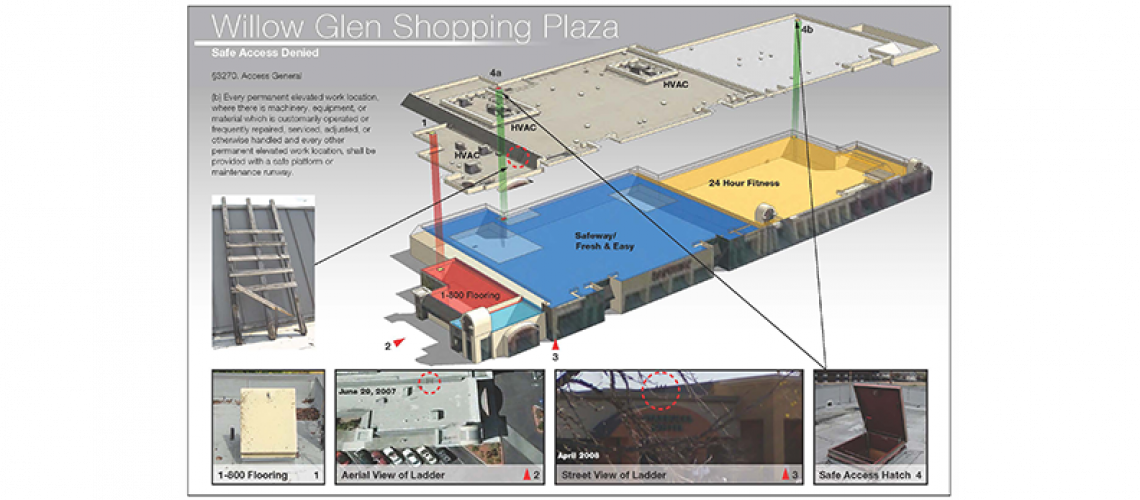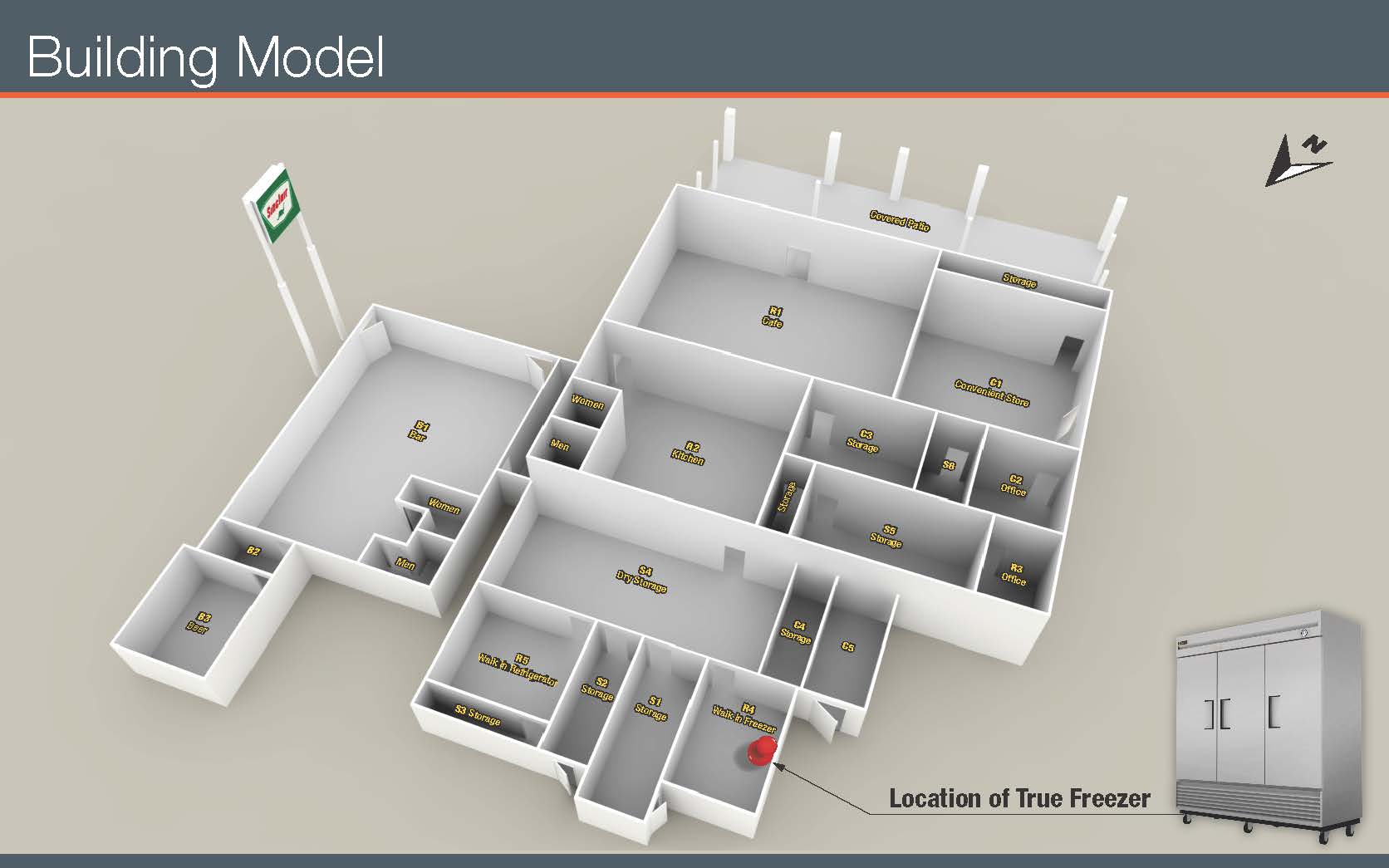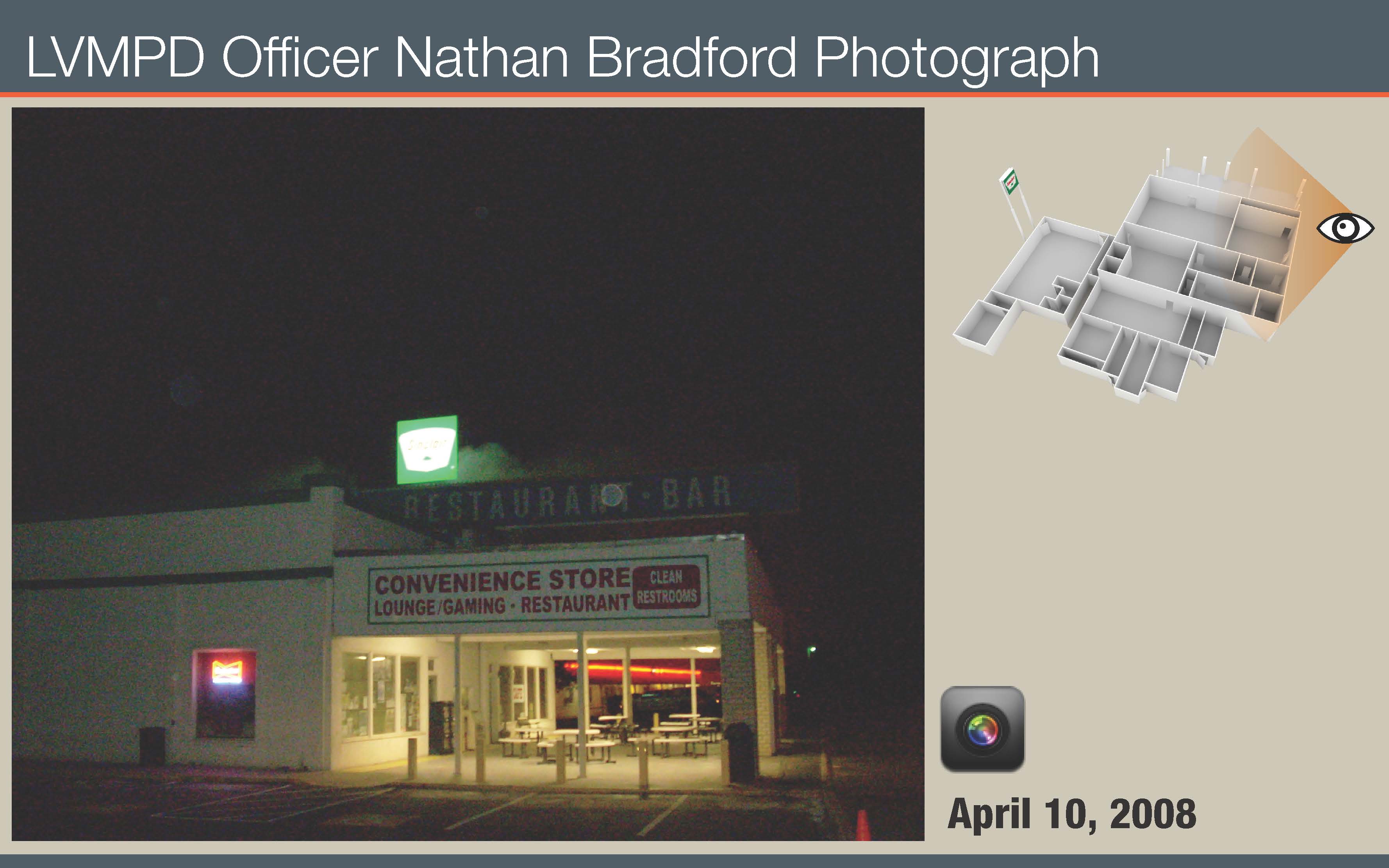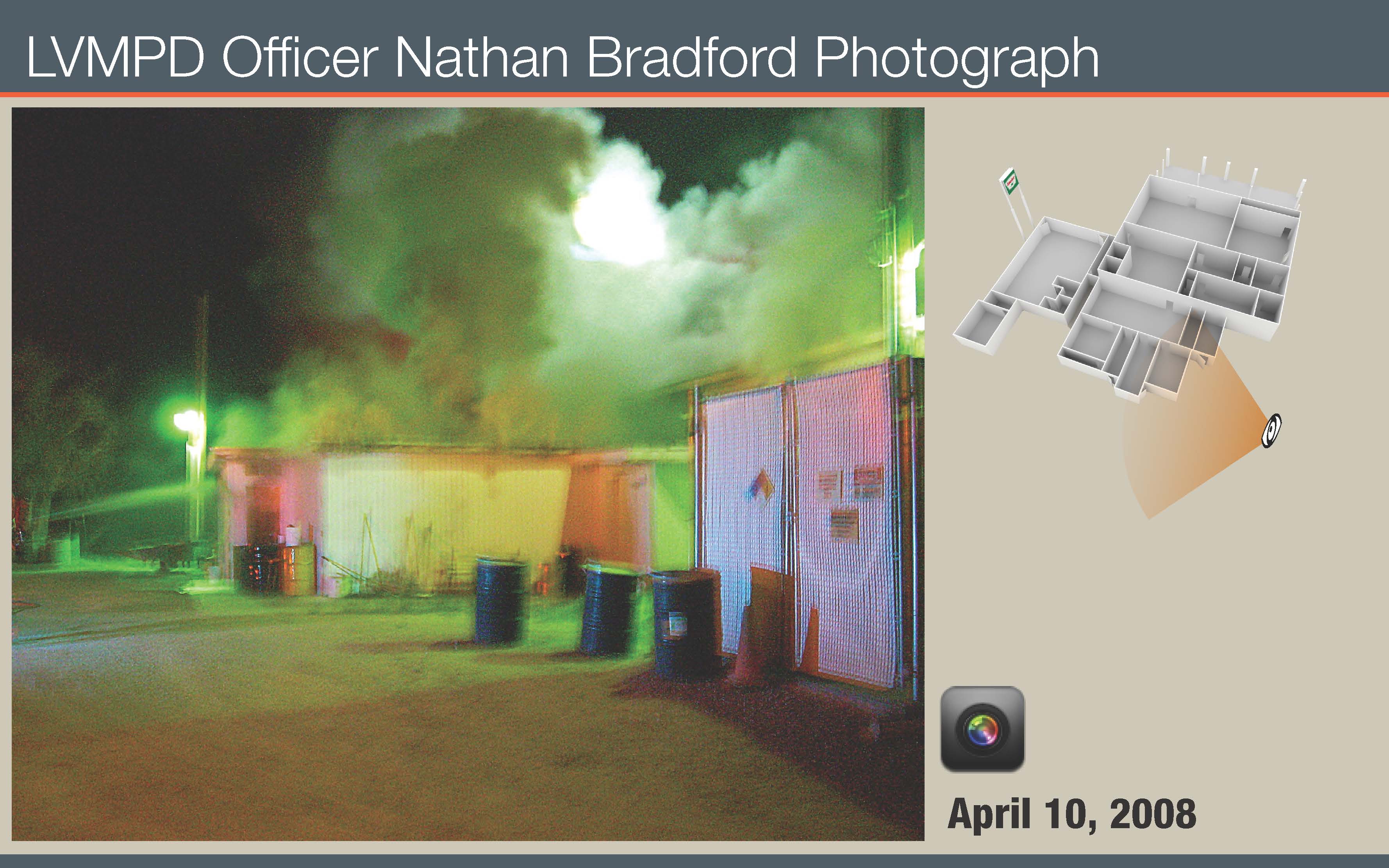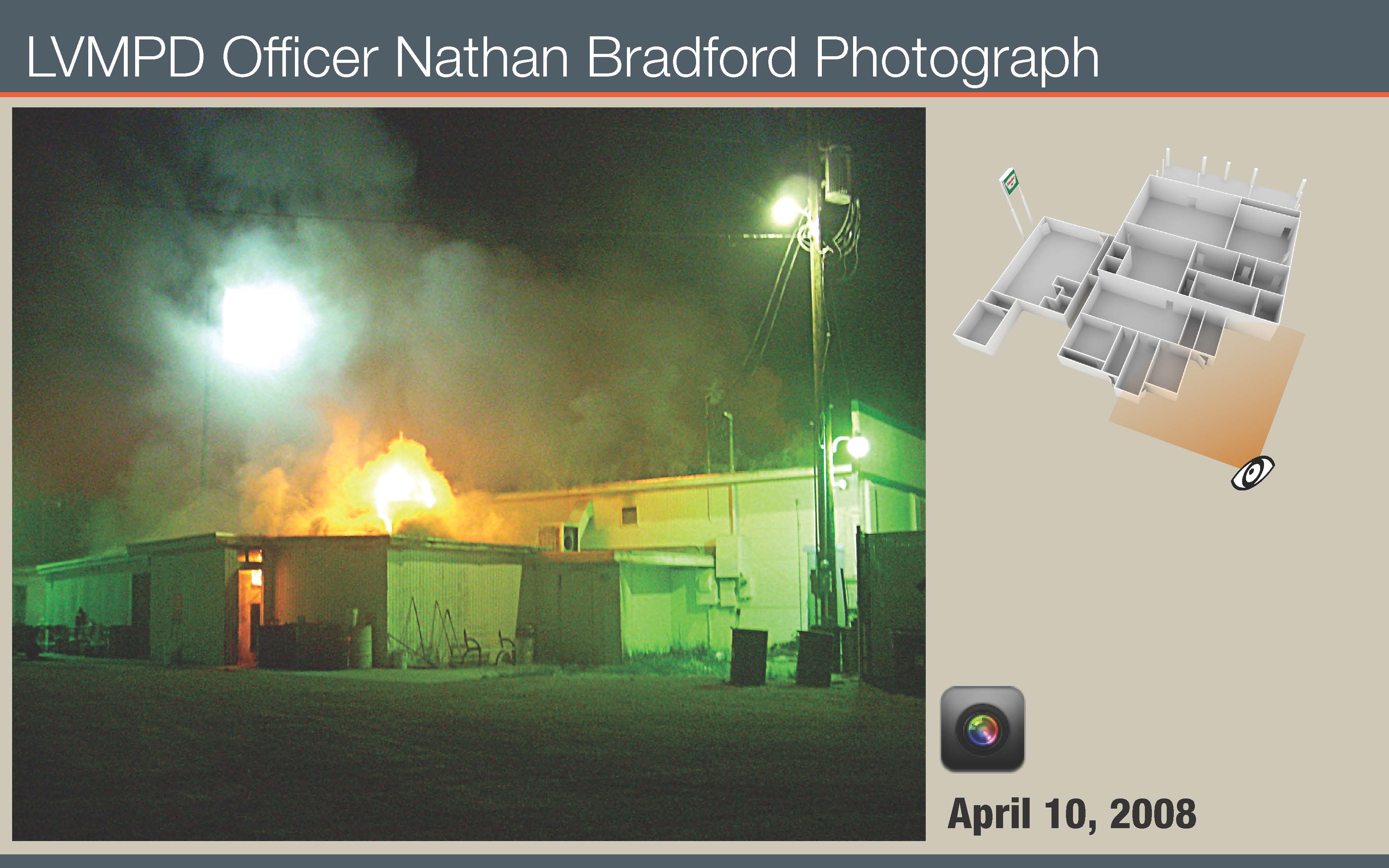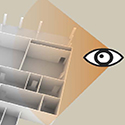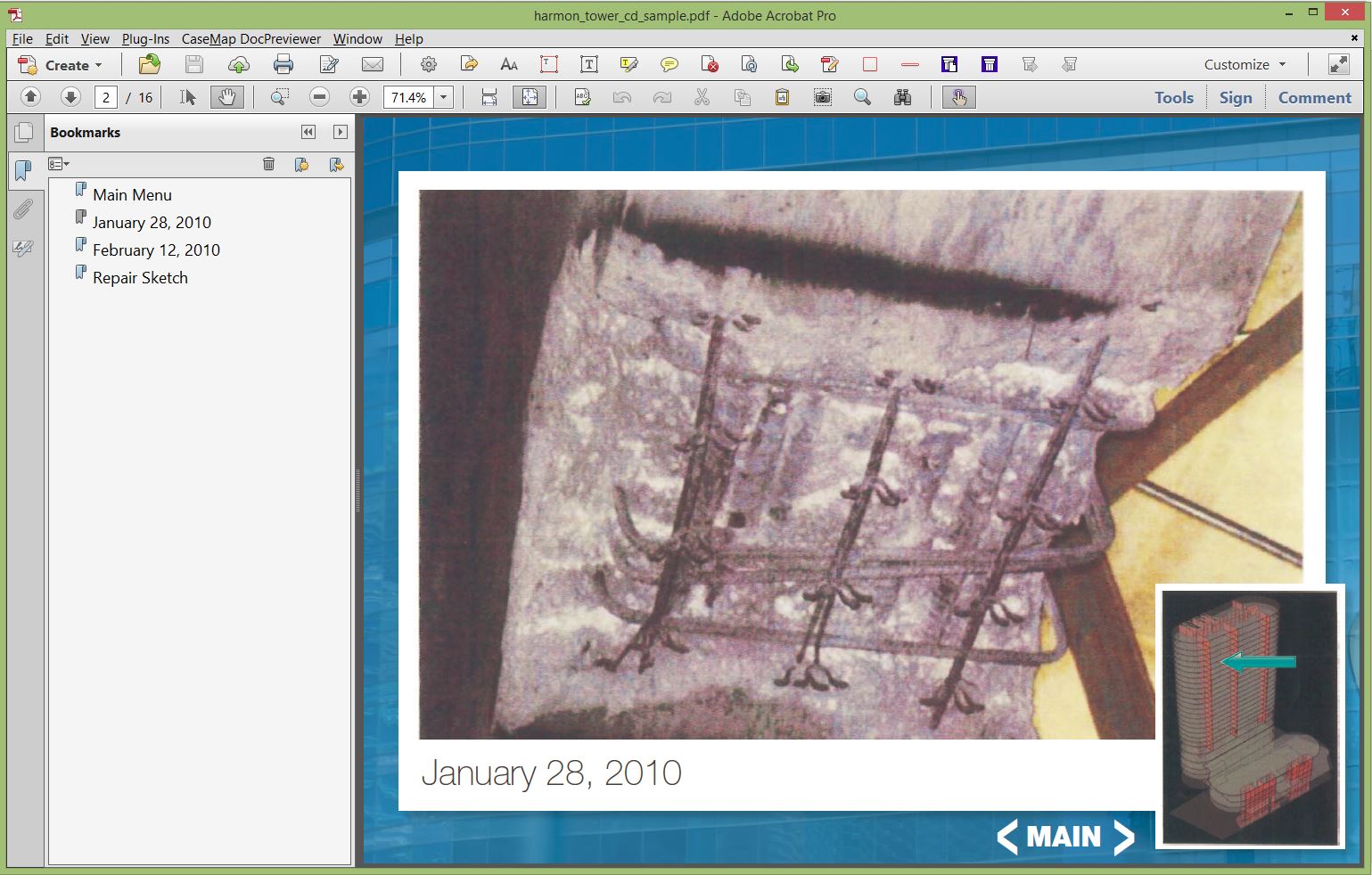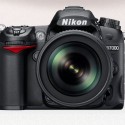 Well-presented photographs are powerful tools for litigators. In this post, I’ll share some samples that show how we’ve helped litigators use photographs in court, along with a number of tips for getting the most from your photographs in litigation.
Well-presented photographs are powerful tools for litigators. In this post, I’ll share some samples that show how we’ve helped litigators use photographs in court, along with a number of tips for getting the most from your photographs in litigation.
A Sample Blow-Up Board of Photographs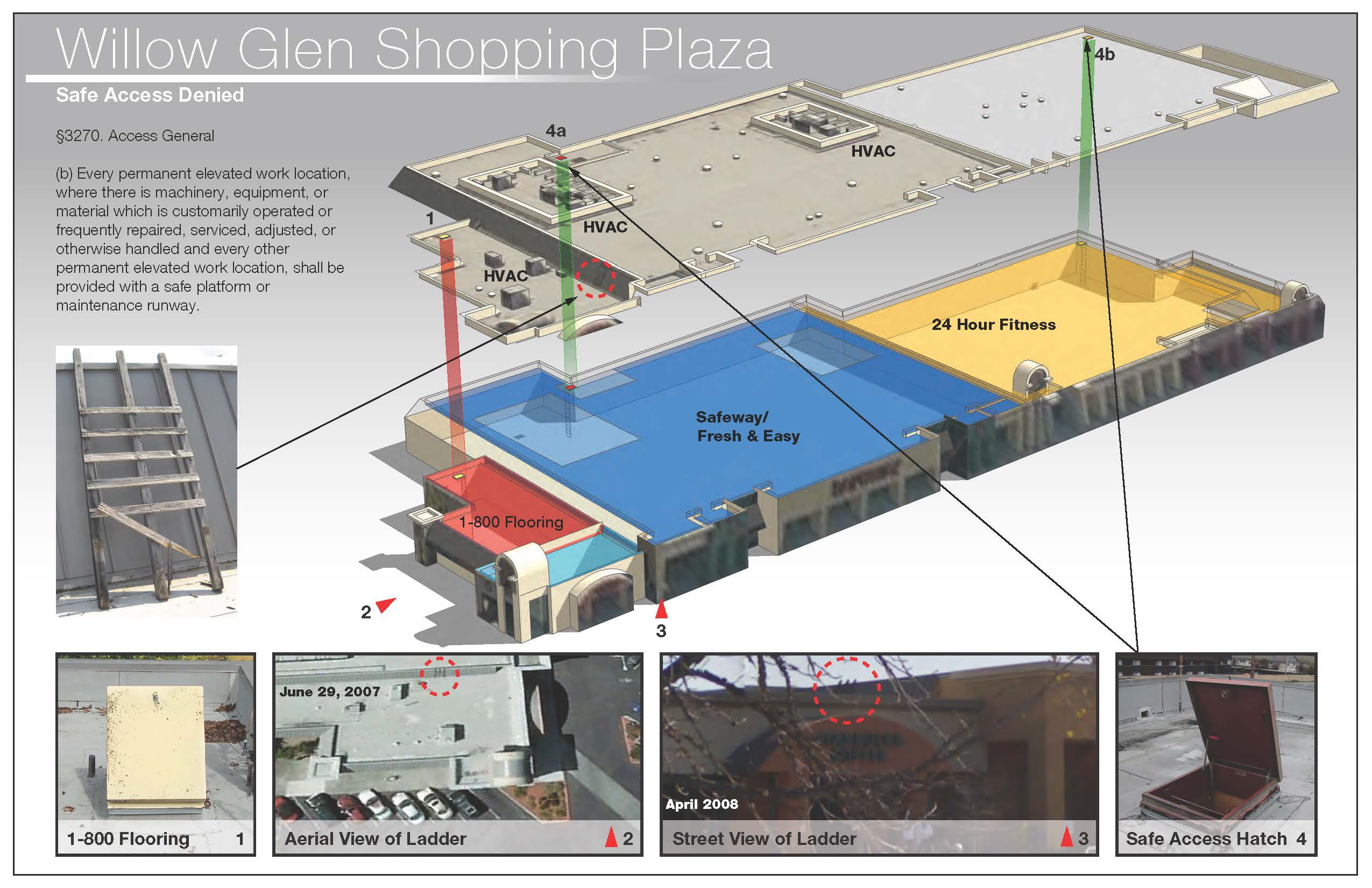
(Click on the images in this post to enlarge them for better viewing.)
The sample above illustrates several of our tips at once, in particular:
Tip 1: Use many photographs to tell a visual story. In planning for the use of photographs, think broadly about using many images that set a scene for the jury rather than simply focusing on photographs that are essential to the elements of your case. Images help jurors understand and retain information. If you’re talking about a company in opening, then show pictures of its offices and logo. If you refer to a machine, show a picture of that machine. These visual elements help keep your jurors engaged.
Tip 2: Accompany photographs with maps and diagrams to provide context. The board above illustrates how a site map can be used with photographs to provide important context.
Tip 3: Consider combining multiple photographs on a single blow-up or slide. To speed up a presentation or to address related images together, litigators may choose to combine two or more photographs on a slide or board. Combining photographs will reduce the size of the image shown to the audience and may not work if small details from a photograph must be shown. On the other hand, some photographs do not have enough resolution to be presented in a large size without showing grain/pixelation.
Tip 4: Add labeling and markers that help jurors understand the photographs. The labels, arrows and other text to be shown with images deserve careful consideration to ensure clarity, accuracy and avoid distracting clutter.
Tip 5: Use photographs as visual labels to call attention and emphasize. In the sample above, the photograph of the freezer supplements the text label, calling attention to the freezer (which was where the fire in this particular case started).
An Example of a Series of Related Photographs
Tip 6: Use point-of-view indicators and a diagram to orient the audience. The photographs above were all taken from different areas and different viewpoints. The icon of the eye and the rays pointing to the diagram help orient jurors as to which direction the photograph shows.
Tip 7: Tell a story with related photographs with common linking elements. The sequence of slides above uses common visual elements (slide titles, dates, the point of view indicator, the map) to show several related photographs. Once the jury understands the elements in one photograph, they can understand later photographs and they know where to look for background information. Thus, once the jury understands how the information is being presented, they can focus on the story told by the photograph and the attorney.
Tip 8: Take and produce high resolution digital images to allow enlargements and cropping. The grainy photographs above illustrate the importance of using the best images that you have. Modern cameras often produce very high resolution files that can be enlarged well. However, I have seldom seen the exchange of high resolution files in discovery, so you will often need to make do with lower-quality images or have your own photographer take the images.
Tip 9: Use witness photographs in a cast of characters and when referring to their testimony. Introducing witnesses in opening with photographs, and then using those photographs again in closing, helps jurors remember evidence and the demeanor of witnesses.
Tip 10: Organize your photographs to establish foundation and make them easier to understand. Organizing your photographs is key to understanding them and using them. For example, in construction defect cases, there may be hundreds or thousands of photographs taken by many people over years in many locations documenting problems and corrections. At a minimum, keep track of those photographs with file names, folders and notes that help you establish the foundation. (For example, I will often name photographs with date prefix, identifier and sequence number (e.g., 2014-08-27 Office 01.jpg) rather than a less meaningful file name coming from my camera). For particularly important collections, consider creating a linked Acrobat file (see sample above) that allows browsing to photographs by location, date or other parameters as discussed in our earlier blog post, Building the Visual Foundation of Your Construction Defect Case.
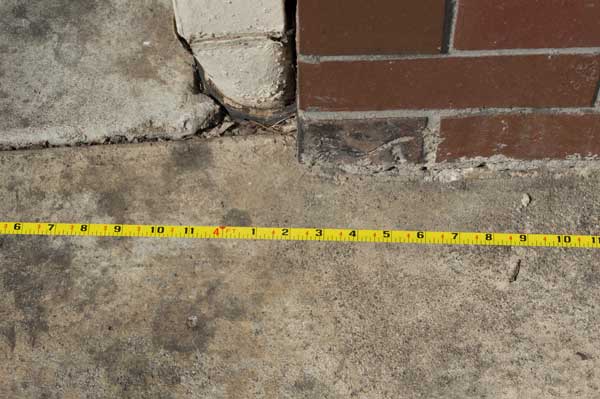
Tip 11: Show elements of scale in your photographs. When you take photographs for litigation, include scale references like the tape measure shown above. Such scale references are helpful for juries to understand sizing, and they also help if you need to illustrate or model something in your photographs.
Tip 12: Go beyond photographs to illustrations, animations and models as necessary. Sometimes, the photographs do not show information completely or clearly, and a model or illustration based on photographs will be your best choice for visual explanations to your jury. At Cogent Legal, we often use photographs and video to create illustrations or videos that explain better than the source photograph. For example, read more in our earlier blog post about creating an animation of an accident using surveillance video that did not fully capture the scene.
Tip 13: Take your graphics provider on your next photo shoot for litigation. At Cogent Legal, we often take photographs for our clients’ cases. In those photo shoots, we always find that documenting the scene helps us in creating accurate and persuasive visual explanations for the jury.
Contact us at 510-350-7616 or by email if you would like assistance incorporating photographs into your next case presentation.
If you’d like to receive updates from this blog, please click to subscribe by email.

